

This week: The Real Cost of Climbing.
We celebrate ambition, but rarely stop to ask what it costs. SHRM’s new research lays it bare: long hours, missed milestones, rising isolation. The future of leadership isn’t about pushing harder. It’s about designing careers that sustain the people who carry the most weight.
We also dive into:
- AI Adoption Starts with Emotion: "Rollout and Resistance in AI Event with Phil Kirschner" reveals why AI rollouts fail, it's rarely the tech. Real change means addressing fear, identity shifts, and trust before training.
- Why Companies Attack Themselves: Phil Kirschner on how Goldman Sachs, Volvo, and others build internal challenger teams to break legacy systems and earn real adoption.
- Inside Canva’s AI Learning Week: 5,000 employees. 5 days. No meetings—just deep learning. A bold, human-first approach to AI upskilling at scale.
- Your Calendar Is Killing You: Brian Elliott says meeting overload is draining teams. Learn how Shopify, Slack, and Dropbox are rebuilding time through intentional design, not just personal hacks.
- What Young Workers Really Want: Flexibility isn’t enough. Gen Z wants career growth, real feedback, and a culture they can believe in. Loyalty is earned, not assumed.
Let’s get into it 👇
The Price of Success: What Climbing the Career Ladder Really Costs

Climbing the career ladder is often seen as a mark of ambition, grit, and progress. But what gets far less attention is the hidden toll professionals quietly pay as they rise, from managing tasks, to leading people, to guiding other leaders. As headlines mount about manager burnout and mid-career exhaustion, it’s clear the weight of leadership is growing heavier.
New research from SHRM reveals five critical trade-offs professionals face on the path to success. For employers, this isn’t just a wake-up call; it’s a roadmap. If you want to retain top talent and build sustainable leadership, it’s time to understand the real cost of climbing and start supporting your people at every rung.
Advancement Comes with Personal Sacrifices
- 63% of employees say they have worked longer hours than they would like. Many report sacrificing time with family, skipping self-care, or even experiencing declines in physical and mental health. This is especially true for women in senior roles, who carry a heavier burden.
- 🚀 What employers should do: Normalize boundary-setting and model it at the top. Encourage use of mental health resources and make sure they are clearly communicated. Build cultures that prioritize sustainability over constant overachievement.
Priorities Shift as Careers Progress
- Early in their careers, employees focus on compensation and flexibility. But at the director level and above, priorities evolve toward growth, purpose, and influence. What matters to employees at one level may not motivate them at the next.
- 🚀 What employers should do: Tailor development paths to reflect evolving values. Offer purpose-driven leadership tracks and stretch roles that align with these new priorities. Do not assume yesterday’s incentives will drive tomorrow’s leaders.
Support Systems Build Resilience
- Professionals with access to mentorship, sponsorship, and leadership development are significantly more likely to stay motivated, even in adversity. Leaders without that support report loneliness, fear of scrutiny, and stagnation.
- 🚀 What employers should do: Create formal mentorship and sponsorship programs, especially for new leaders. As HBR notes, transitioning to executive leadership requires rewiring what success looks like. Help them make that leap with coaching and peer support.
Money Matters, but It Is Not Enough
- While salary increases can make certain sacrifices more bearable, they rarely compensate for missed birthdays, chronic stress, or lost joy. Emotional cost often outweighs financial gain.
- 🚀 What employers should do: Invest beyond compensation. Offer flexible schedules, child care support, wellness stipends, and the psychological safety to say “no.” Burnout, especially among Millennials in middle management, is not solved with bonuses alone, as Inc. reminds us, it is about real-life support.
Reflection Reveals Regret and Hope
- Most workers say they would make the same trade-offs again, but with reservations. Over half say they would not neglect their health again. This signals a clear desire for better balance, not less ambition.
- 🚀 What employers should do: Use stay interviews and reflective check-ins to ask, “Was it worth it?” Create feedback loops that allow ambitious employees to grow without losing themselves. Promote role models who succeed and thrive.
The Bottom Line: Ambition is not the problem. Isolation, overload, and outdated success models are. The future of work does not mean asking less of your people, it means giving them the support to reach their next level without burning out. That is the real win, for them and for you.
Your Friday Briefing on the Future of Work
Future Work delivers research-backed insights, expert takes, and practical prompts—helping you and your team capture what matters, build critical skills, and grow into a future-ready force.
Get all-in-one coverage of AI, leadership, middle management, upskilling, DEI, geopolitics, and more.
Unsubscribe anytime. No spam guaranteed.
Ask any HR pro, and they’ll tell you: onboarding should be clear. But once you add in disengaged managers, scattered tools, and a lack of consistency, it gets complicated fast.
The iSpring team interviewed 10+ HR and L&D leaders across industries to get to the root of what’s really going wrong — and how to fix it.
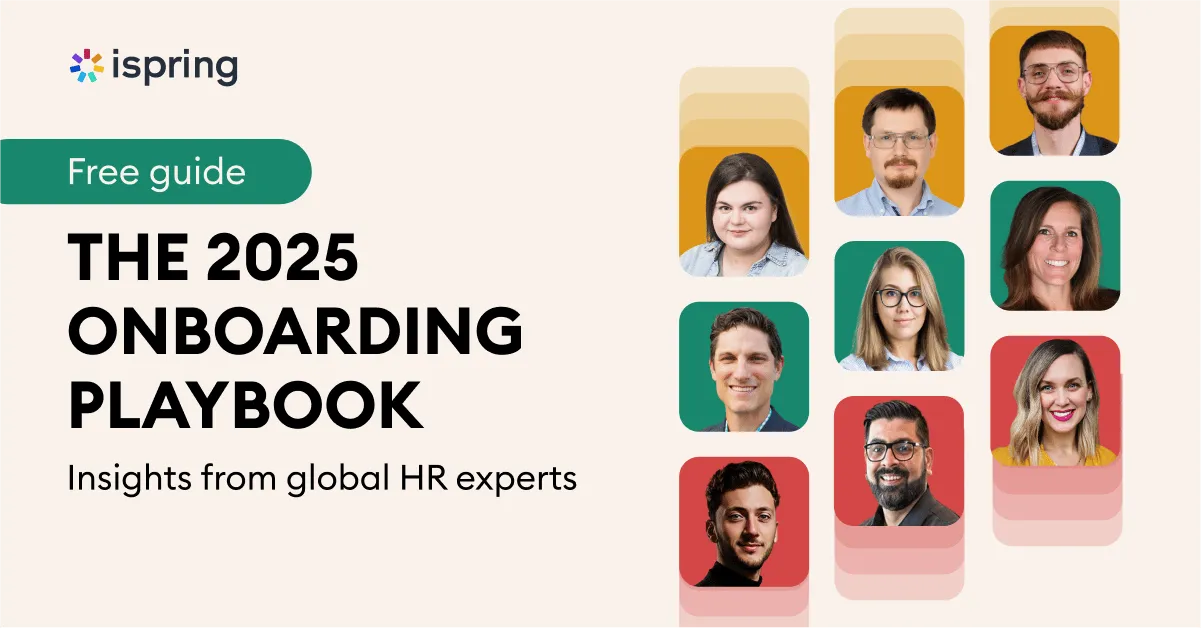
Download the 2025 Onboarding Playbook to learn:
- 6 mistakes that ruin the new hire experience from day 1
- The true cost of onboarding for your company
- Real-world onboarding challenges and how top HR leaders solve them
- A proven framework to onboard and retain top talent
I keep a close eye on what our Future Work Experts are thinking, saying, and questioning. I break down the key conversations and brainstorm practical steps we can take to move forward.
This week:
AI ADOPTION

Daan van Rossum: Emotion > Enablement in AI Change (Takeaways from Resistance, Roll-outs, and AI)
- 70% of change programs fail because companies launch tools without shifting behavior. Real adoption means new habits, not just software licenses.
- Use frameworks like the Forces Diagram and Lamarsh’s 10 forms of resistance to uncover adoption blockers, often it’s emotion, identity loss, or "not-invented-here" syndrome, not tech.
- At BetterUp, the rollout started with letting teams “sit with fear” before any training, early emotional acknowledgment builds buy-in and trust that AI won’t deskill roles.
📝 Prompt: Map your team’s Forces Diagram: What’s pushing, pulling, anchoring, or creating fear in your AI adoption? Redesign just one blocker today.
👉 Ready to go deeper? Read the full Lead With AI issue on unlocking real adoption.
🎥 Replay Now: AI Rollouts, Resistance, and Change Management
ATTACKER MINDSET

Phil Kirschner: Break the Rules—On Purpose
- Attacker units are internal teams designed to compete with legacy systems, free from constraints, and built to challenge outdated processes in CRE, HR, and IT.
- Companies like Goldman Sachs (Marcus) and Volvo (Polestar) succeeded by giving these teams autonomy, speed, and permission to break the rules.
- Applying this to workplaces means launching rival coworking spaces, recruiting pilots, and alternative tech stacks that earn adoption instead of mandating it.
📝 Prompt: What legacy rule, system, or process would you redesign if you had total freedom, and how might that unlock better experiences and results for your people?
👉 Read Phil’s full breakdown in The Workline and design your own 90-Day Attack Plan.
WFH
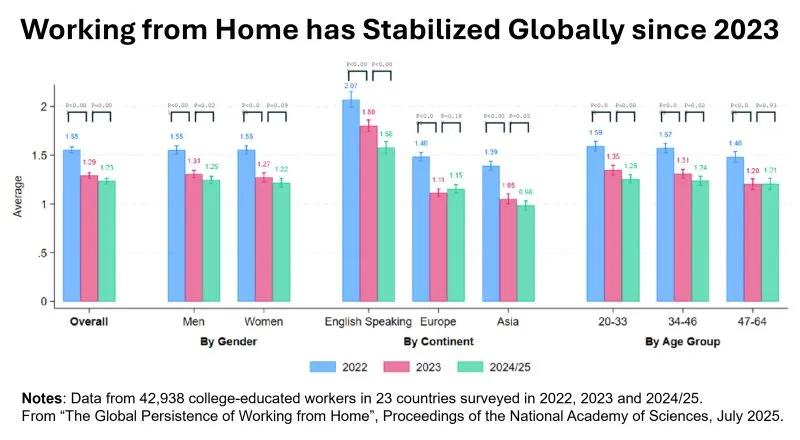
Nick Bloom et al: Remote Work Isn’t Going Anywhere
- Work From Home (WFH) has stabilized at ~1.2 days/week globally for college-educated workers across 40 countries, following a sharp decline post-2022.
- Regional disparities persist: WFH is 2× more common in the US, UK, Canada, and Australia than in much of Asia and Latin America.
- New equilibrium confirmed by multiple signals: G-SWA survey (N=42,938), office occupancy, job postings, and mobility data show WFH is here to stay.
📝 Prompt: How can you optimize culture, productivity, and space strategy around a 1–2 day WFH baseline instead of waiting for a return to full office?
📖 Read the PNAS paper on WFH persistence
🔥 QUICK HITS:
(AI IN HR) Anthony Onesto: Beyond Dashboards and Playbooks
- Too much data, too little insight: HR teams are overwhelmed by disconnected tools and metrics, creating analysis without clarity and dashboards that mislead rather than guide.
- Generic strategies = no change: Off-the-shelf playbooks and group training lack personalization, making it hard to scale real behavior change.
- AI’s real potential: True transformation comes from AI-powered insights, relevant strategies, and contextual coaching embedded in daily work tools like Slack and Teams.
📝 Prompt: Audit your current HR tech stack. Which tools provide insight and impact, not just data? Where can AI help personalize and scale coaching across your organization?
👉 Explore Anthony’s full article and learn how to unlock real ROI from AI in HR.
(AI + EXPERTISE SHIFT) Antony Slumbers: AI Will Revalue Expertise
- AI is causing an ‘Expertise Shock’ in Commercial Real Estate. Roles will rise, fall, or transform depending on whether AI automates inexpert vs expert tasks, reshaping wages, job value, and hiring needs.
- Firms that invest in collaboration tools (vs pure automation) will augment human judgment, enable middle-skill roles, and avoid the "ladder problem" of thinning junior ranks.
- Roles like Asset Manager and Acquisitions Officer will rise; roles like Appraisers risk falling—unless redefined around complexity and trust-based work.
📝 Prompt: Which of your current roles could shift from inexpert to expert—or vice versa—based on how AI is deployed? Reimagine one job around judgment, learning, and human value.
👉 Read the full analysis of CRE’s AI future in Antony Slumbers’ article
(EXPERIMENTAL LEADERSHIP) Molly Sands: Grow Through Micro-Tests
- Small experiments create real change: Molly ditched meeting follow-ups for a week and redefined her role as a leader—from helper to direction-setter.
- She redesigned team rhythms by swapping some 1:1s for group sessions, which unlocked async habits and better visibility into blockers.
- To build AI fluency, she asked Rovo every question for one week—developing independence and freeing up her team’s focus time.
📝 Prompt: What’s one friction point in your leadership or team flow? Design a one-week experiment to test a better way, with clear learning goals and low stakes.
👉 Read Molly’s full post on building leadership muscle through micro-experiments on LinkedIn.
I track what’s worth your attention—bringing you the news and updates that matter most to how we work, lead, and grow.
This week:
AI UPSKILLING
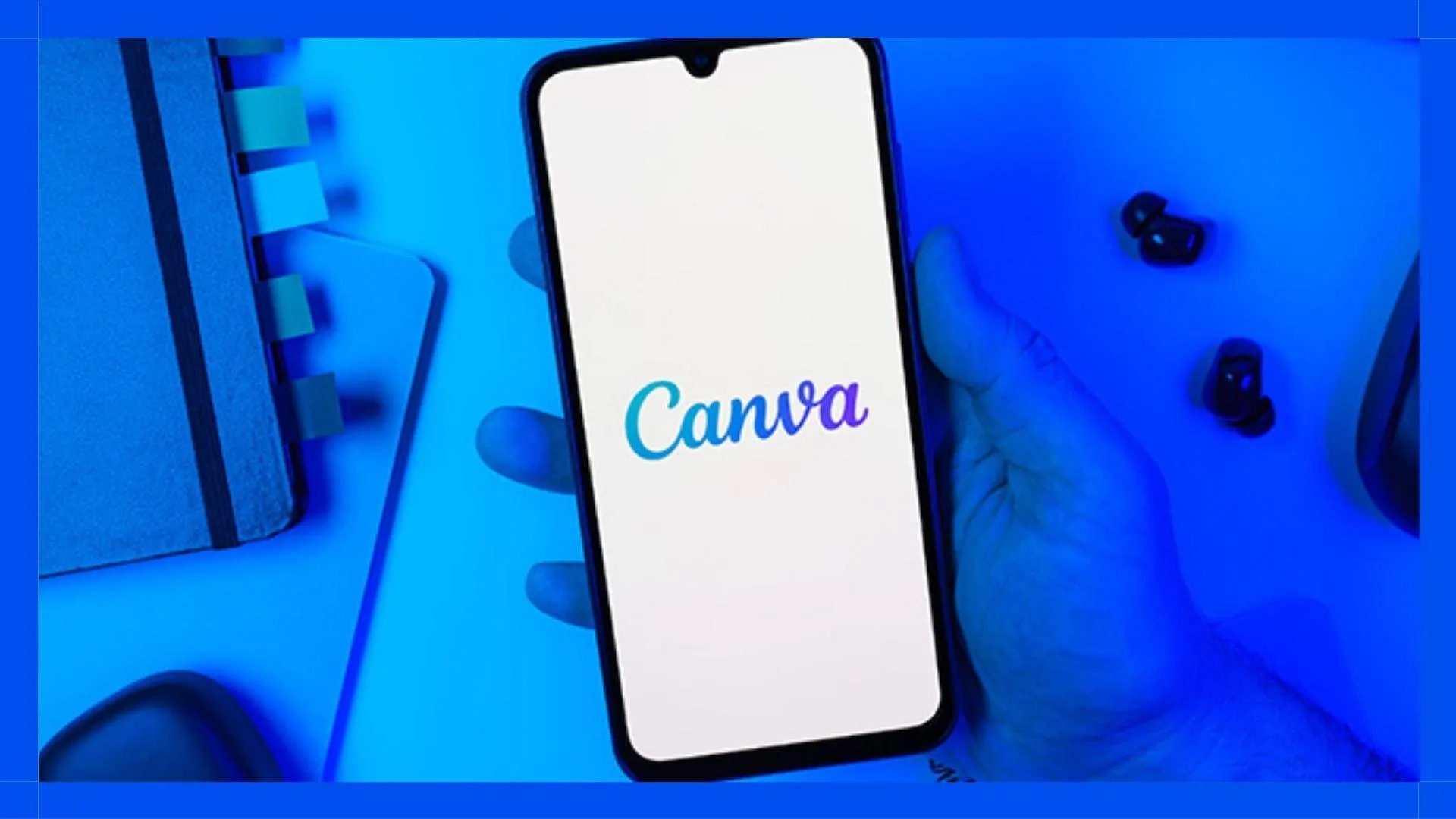
Canva’s Bold AI Week
- 5-day AI focus: Canva gave 5,000 employees a full week off to learn AI, with over 20 guided sessions, tool workshops (ChatGPT, Claude, Gemini), and a hackathon to turn learning into workflow solutions.
- Human-first message: Leaders framed AI as an “amplifier of creativity”, emphasizing adaptability, intention, and the value of human input over tech hype.
- Structure + freedom: Employees chose their own AI-learning paths, reflecting Canva’s view that AI adoption requires dedicated time, tools, and team trust.
📝 Prompt: Could your team take 1–2 days next quarter for AI exploration? Start small: block time, assign peer-led demos, and invite each member to bring one AI use case idea to co-build.
TIME & PRODUCTIVITY
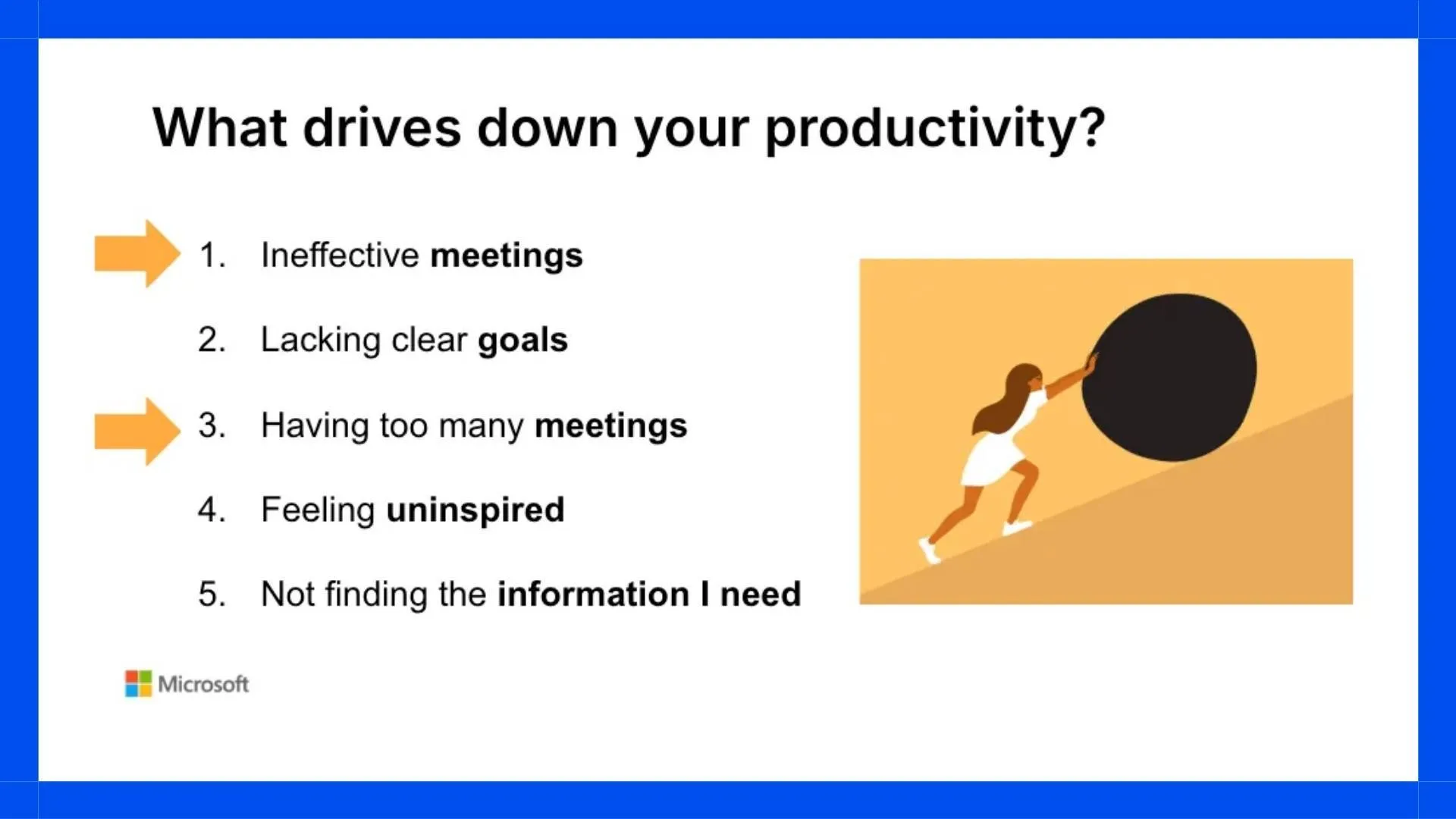
Your Calendar Is Killing Productivity
- Meeting overload is draining performance—nearly half of all meetings could be cut with no impact, and Microsoft found meetings are top productivity killers.
- Companies like Shopify, Slack, Dropbox saw real gains by treating meeting bloat as an org-wide design problem, not a personal productivity issue.
- Tactics that work: Core collaboration hours, no-meeting days, ruthless agenda enforcement, calendar resets, async-first tools, and exec-aligned meeting policies.
📝 Prompt: Audit a week of meetings by asking: Did this need to happen synchronously, with this many people, and with no prep? Then pilot one fix—like a no-meeting day or a three-rule meeting policy—and measure the impact.
YOUNG WORKERS' PRIORITIES
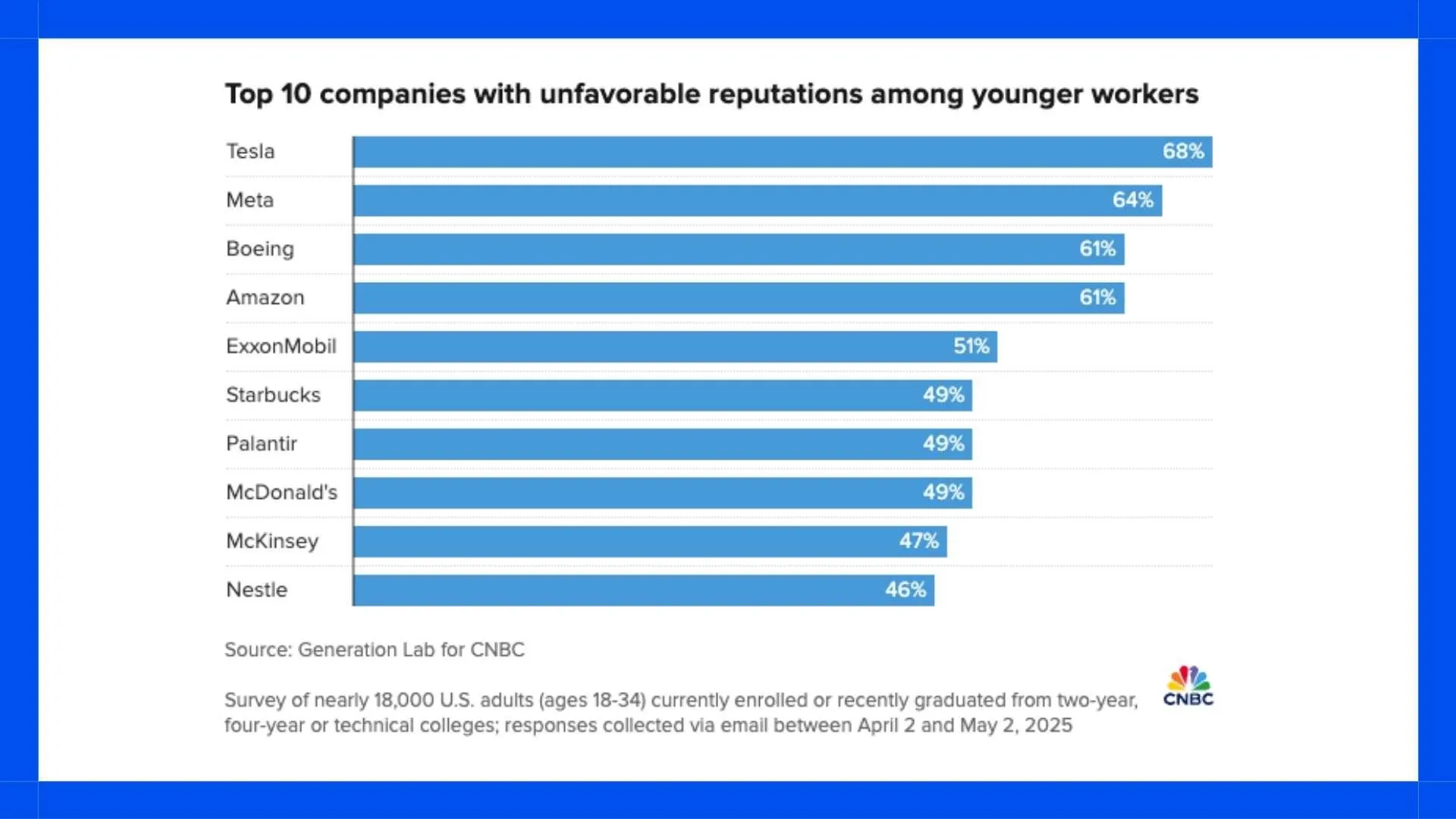
Young Workers Are Back—On Their Terms
- Work location: 76% of 18–34-year-olds prefer being in-office 3+ days/week; remote flexibility matters less than money, growth, and culture.
- Manager expectations: 64% want frequent, in-person feedback, with nearly 40% preferring input from multiple people.
- Corporate loyalty is conditional: Just 7% plan to stay long-term—most will stay if they see career advancement.
📝 Prompt: Ask your Gen Z team members what "career growth" looks like to them—and whether they're getting the coaching, feedback, and stretch opportunities they expect. Then build a monthly feedback ritual that fits their rhythm.
HIRING MISTAKES
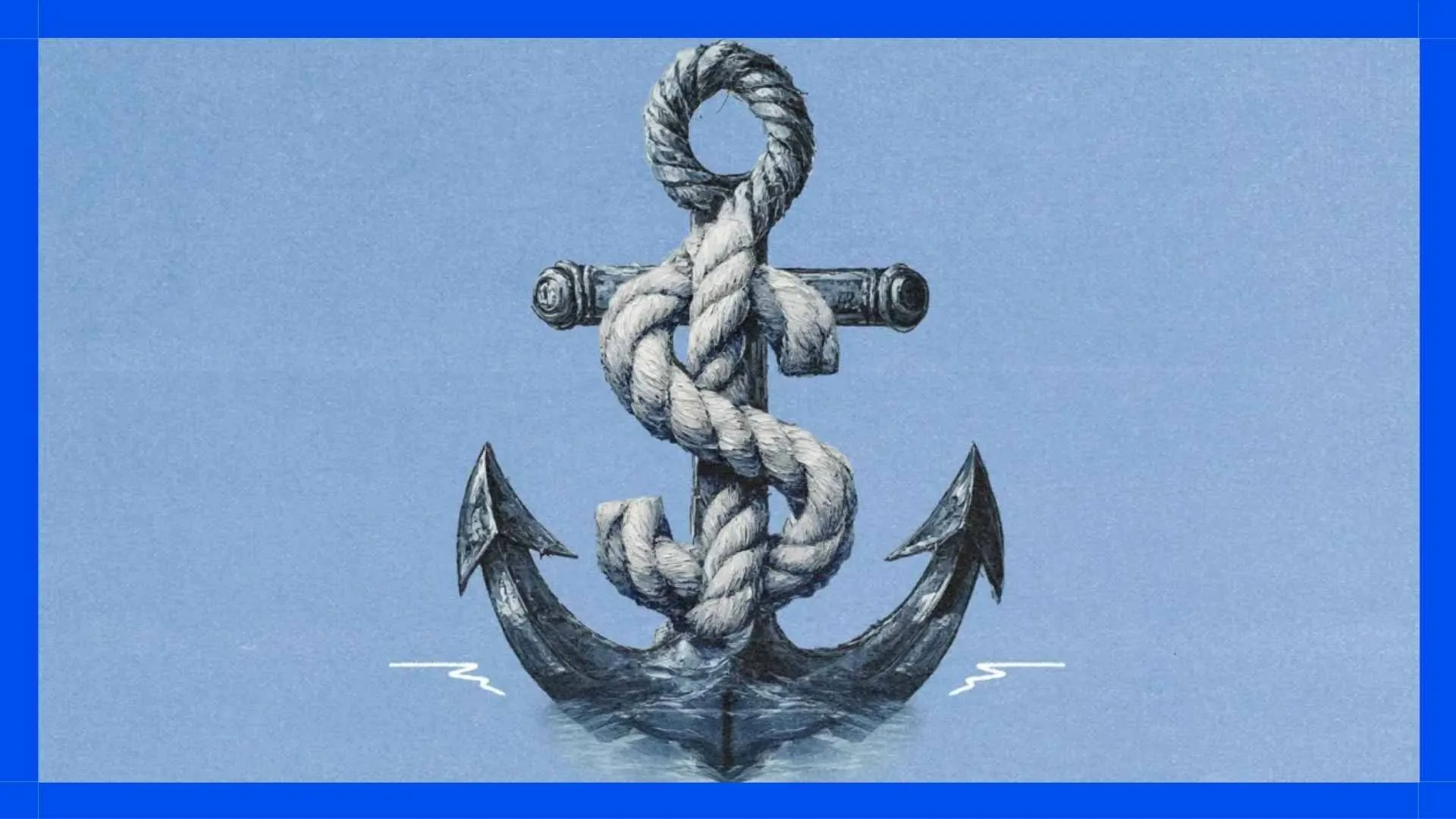
When to Let Go
- Huge financial impact: A bad hire can cost 30% of annual salary—or up to $850K—when factoring in turnover, legal fees, and lost morale.
- Prevention starts early: Experts stress aligned hiring panels, culture-fit tests, and clear onboarding expectations to prevent mismatch before it happens.
- Act fast, not harsh: When misalignment surfaces, initiate coaching, revisit onboarding goals, and move to compassionate exit if needed—delay increases risk.
📝 Prompt: Review your last 3 hires: Were expectations, culture fit, and support clearly established? Identify one improvement you can make in your hiring or onboarding process this quarter.
AI LAYOFFS

AI Cuts: Hidden in Plain Sight
- 20K tech-driven job cuts: U.S. employers cut 744,308 jobs in H1 2025, with 20,000 linked to automation—but only 75 explicitly tied to AI, as companies mask cuts under terms like “technological update.”
- Layoffs go quiet: Firms like Microsoft, P&G, and Disney are trimming headcount amid economic uncertainty, while some—like Klarna—pause AI-driven cuts after realizing automation went too far.
- AI's shadow grows: 40% of employers plan reductions where AI can automate, but public messaging downplays direct links to avoid backlash.
📝 Prompt: As a leadership team, review how your org communicates restructuring. Are you clear about what’s automation-driven? Consider running a scenario planning session: How would your people strategy shift if AI replaced 10% of roles?
🔥 QUICK READ:
- Nvidia Closes at $4 Trillion: Nvidia just became the first company to close with a $4 trillion market cap, thanks to massive AI chip demand. It's chips power everything from OpenAI to Tesla, and next-gen Blackwell chips are fueling the surge. Despite export bans and rising rivals, Wall Street’s still all in — Nvidia is the AI revolution.
- Trump Slaps 35% Tariff on Canadian Imports: Starting Aug 1, the U.S. will impose a 35% tariff on some Canadian goods — unless they meet USMCA rules. Trump’s move follows a spat over Canada’s digital tax (now repealed) and adds pressure on fentanyl and dairy issues. Markets are jittery, and Canada’s economy is already struggling. A tariff-free deal? Unlikely.
Your Friday Briefing on the Future of Work
Future Work delivers research-backed insights, expert takes, and practical prompts—helping you and your team capture what matters, build critical skills, and grow into a future-ready force.
Get all-in-one coverage of AI, leadership, middle management, upskilling, DEI, geopolitics, and more.
Unsubscribe anytime. No spam guaranteed.

